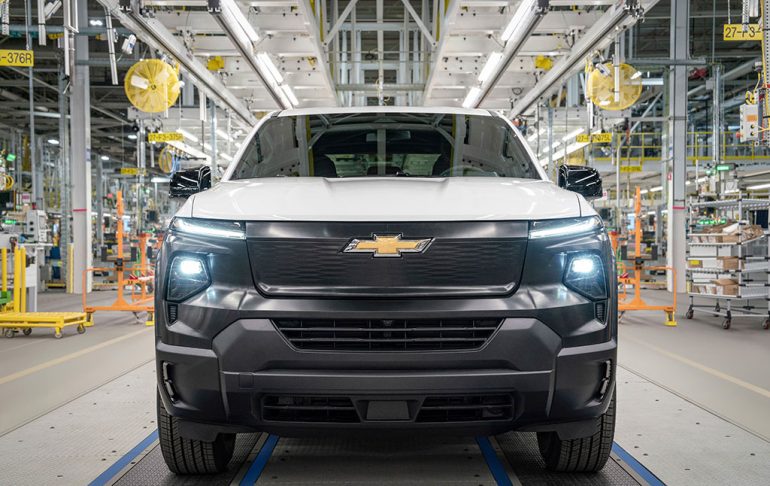
General Motors, one of the pillars of the U.S. auto industry, is laying off nearly 1,000 workers, with the majority of cuts happening in the United States. The decision, confirmed by GM, is part of a larger strategy to adapt to a rapidly evolving automotive landscape.
In a statement, the Detroit-based automaker explained its rationale: “In order to win in this competitive market, we need to optimize for speed and excellence. As part of this continuous effort, we’ve made a small number of team reductions.”
Also, don’t forget that you can get discounted new car pricing with a free quote through qualified local dealer partners.
The move comes as GM doubles down on its push into electric vehicles (EVs) and software—a pivot that’s proving as challenging as it is expensive. EVs, while hailed as the future of the industry, have squeezed profit margins for many automakers. GM is targeting $2 billion to $4 billion in cost reductions to mitigate expected EV losses next year.
This isn’t the first time GM has cut jobs in 2023. Back in August, over 1,000 positions in its software department were eliminated as the company worked to streamline operations. A month later, about 1,700 workers were let go at its Kansas manufacturing plant.
The layoffs are part of a broader pattern for GM this year. One of its most significant moves came earlier in 2023, when roughly 5,000 salaried employees opted for buyouts in an effort to help the automaker trim costs. These strategic reductions, while painful in the short term, are aimed at positioning GM for long-term success in a competitive market dominated by rapidly changing consumer demands and technological advancements.
While job cuts are never easy, they reflect GM’s commitment to staying competitive as it navigates its transition from a traditional automaker to a leader in EVs and advanced vehicle software. By trimming its workforce and realigning resources, the company hopes to accelerate development, improve efficiency, and solidify its position in an industry that’s hurtling toward an electrified future.
For GM’s workforce, these changes highlight the challenges of working in a fast-evolving sector. And for the industry as a whole, they signal the growing pains of automakers trying to adapt to new realities without losing their footing.